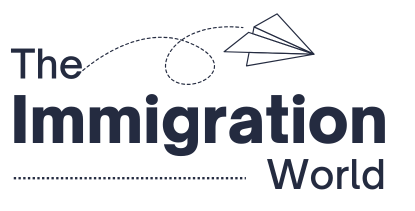Imagine packing your bags, hopping on a plane, and heading off to find your dream job — without already having a contract in your pocket. Sounds like a fantasy, right? Well, in 2025, it’s more real than ever, thanks to job seeker visas. These little gems allow you to legally live in a country while you search for employment, giving you a front-row seat to local hiring trends, networking events, and real in-person interviews. No more endless Zoom calls at 3 AM from your old bedroom — this is about starting fresh, onsite, and ready to impress.
Key Takeaways
Exploring Opportunities Abroad Without a Job Offer
Governments worldwide, especially those facing skilled labor shortages, have realized that sometimes talent just needs a foot in the door. By offering job-seeker visas, they’re betting that attracting motivated, qualified individuals will fuel their economies. And for aspiring migrants, it’s a chance to explore new opportunities without the chicken-and-egg problem of needing a job to get a visa… and needing a visa to get a job.
Germany: Pioneering the Job Seeker Visa Trend
When you think of Germany, maybe you imagine Oktoberfest, precision engineering, or bratwurst. But did you know Germany wrote the playbook on modern job seeker visas? Their program is still one of the most popular in 2025.

To be eligible, you’ll need a recognized university degree, proof of financial means to support yourself (think about €1,200 per month), and a few essential documents like health insurance. Germany’s job seeker visa allows you to stay for up to six months while hunting for work. If you land a job during that time, you can smoothly transition to a work visa or EU Blue Card without needing to leave the country.
The beauty of Germany’s system is that it’s open to a wide range of professions, not just tech or engineering. Healthcare workers, scientists, and even hospitality professionals are in strong demand. Plus, you get to live in one of Europe’s most dynamic economies while you search. Not a bad deal at all.
Austria: Welcoming Skilled Workers with an Open Door
Austria might be famous for its classical music and stunning alpine scenery, but in 2025, it’s also making waves with its Red-White-Red Card. This is technically a work permit, but it has a special job seeker variant just for highly qualified workers.

Applicants are scored based on a points system that evaluates education, work experience, language skills, age, and other factors. If you hit the right number of points, you can get a six-month job seeker visa. Austria especially favors STEM professionals, healthcare workers, and tech talent, but other skilled workers are welcome too.
The best part? Once you secure a job offer, converting to a full Red-White-Red Card is straightforward, opening the path to permanent residence down the road. Plus, Vienna consistently ranks among the world’s most livable cities, making your job hunt a little more pleasant.
Sweden: A New Gateway for Job Hunters in 2025
Sweden has decided not to be left out of the party. In 2025, they’ve expanded their job seeker visa scheme, making it easier for international talent to try their luck in the land of innovation, flat-pack furniture, and cinnamon buns.

Applicants need to have completed a degree equivalent to at least a bachelor’s in Sweden and demonstrate financial stability to cover their stay. The visa typically allows for a stay between three and nine months, giving you a decent window to find that dream gig in Stockholm, Gothenburg, or beyond.
Sweden is eyeing talents in IT, engineering, healthcare, and green technology fields. So if you’ve got the skills, the language barrier isn’t as intimidating as you might think — many companies operate entirely in English, especially in tech sectors.
Also Read: What’s the New Process to Apply for a UAE Work Visa in 2025?
UAE: A Unique Option in the Middle East
The UAE has long been a hotspot for ambitious professionals, but now they’re offering a formal Job Exploration Visa, giving non-residents a legal way to job hunt from inside the country.
Applicants don’t need a sponsor or a host company to apply. Instead, eligibility hinges on holding a bachelor’s degree or higher and graduating from one of the world’s top 500 universities. You’ll also need to show financial proof to support yourself and have a valid passport.

The visa duration typically ranges from 60 to 120 days. While it’s a tighter timeframe compared to Europe’s six-month stays, the fast-paced UAE job market can work in your favor. Sectors like finance, IT, engineering, and tourism are booming, and employers appreciate candidates who are already in the country and ready to start immediately.
Portugal and Spain: Sunny Destinations for Career Starters
If sipping coffee in a charming plaza while scrolling LinkedIn sounds like your vibe, Portugal and Spain might be your dream destinations. Both countries are embracing the job seeker visa model to address labor shortages and revitalize their economies post-pandemic.

Portugal’s job seeker visa allows individuals to stay for up to 120 days, extendable by another 60 days. The main requirements include having sufficient financial means, a return ticket (even if you don’t plan to use it), and no criminal record. It’s a golden opportunity for tech professionals, engineers, healthcare workers, and even teachers.
Spain, meanwhile, is in the process of rolling out a broader visa strategy that includes opportunities for job seekers. While details are still being polished in 2025, regional programs (like those in Catalonia) already allow certain international graduates to stay while job hunting.
Both countries offer a more relaxed lifestyle, lower living costs compared to northern Europe, and growing demand for bilingual professionals, so if you can brush up on your Spanish or Portuguese, your odds only get better.
Denmark: High Demand for Talent in Various Sectors
Denmark has quietly become one of the smartest choices for skilled migrants. Thanks to their list of Positive Shortage Occupations, qualified professionals can apply for permits even without a job offer, provided they meet specific educational and professional requirements.

Denmark’s job seeker scheme is tied closely to fields like IT, engineering, healthcare, and education. Fluency in English often suffices, especially in multinational companies, although learning Danish can dramatically boost your employability.
The stay period can vary, but typically permits allow for an initial stay of six months to explore the job market. Denmark’s straightforward bureaucracy, excellent quality of life, and booming sectors make it an underrated but highly attractive destination for job hunters in 2025.
Final Thoughts: Is a Job Seeker Visa Your Best Move in 2025?
Job seeker visas are reshaping global migration by giving ambitious individuals more control over their career paths. Instead of locking yourself into a position from thousands of miles away, you get to scout the market, attend interviews in person, and make smarter decisions based on real opportunities.
Of course, not all job seeker visas are created equal. Your best move depends on your field, language skills, finances, and lifestyle preferences. Germany and Austria offer structured, engineering-heavy opportunities. Sweden and Denmark favor innovation and tech minds. Portugal and Spain bring the charm of Mediterranean life with a side of growing industries. And the UAE delivers rapid results if you’re ready for a fast-paced career move.
So, is a job seeker visa your ticket to a better future in 2025? If you plan wisely, stay persistent, and match your talents to the right destination, the answer is a loud, confident “yes.”





